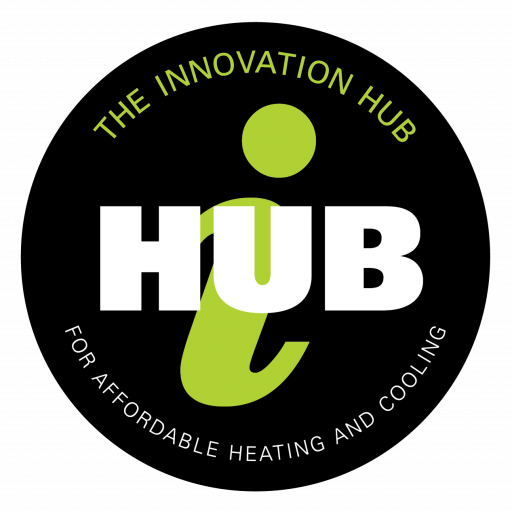Healthcare Living Laboratories
About the project
This hospital Living Lab will validate emerging technologies in demand reduction, demand management, renewable energy and enabling technologies.
| Project title | Healthcare Living Laboratories: Queensland Children’s Hospital |
| Project number | LLHC4 |
| Project location | Brisbane, Queensland |
| Lead partner | Queensland University of Technology |
| Contact | Dr Wendy Miller School of Built Environment Science and Engineering Faculty |
| Project partners | – |
| Project participants | Queensland Children’s Hospital Synengco |
| Start date | 01/07/2019 |
| End date | 30/06/2022 |
| ARENA/i-Hub funding | $307,421 |
| Total project cost | $799,185 |


Need
Hospitals are one of the most energy intensive commercial building types in Australia. Improving energy productivity and developing appropriate sector wide key performance measures is challenging because of differences in clinical services, patient activity and floor space utilisation. With rising health care costs and demand, there is a need to optimise high-cost hospital infrastructure. In particular there is a need for (a) control and optimisation strategies that can provide the essential energy services cost effectively, (b) renewable energy supply options that reduce exposure to rising commodity prices, and (c) demand response capability to reduce exposure to peak demand pricing and extreme weather events.
Action
This project establishes a Living Laboratory in a working hospital precinct. It will enable a community of innovators, designers, researchers, practitioners and educators to test and evaluate technologies and practices to deliver greater energy productivity, reduce peak demand and explore innovative options for embedding renewable energy and storage into a hospital campus. It will not only test innovative technologies and processes, but will also evaluate the usefulness of new key performance indicators and metrics that link energy performance (especially peak demand, renewable energy and resilience) to core health services.
Outcome
Living Lab established and operational at Queensland Children’s Hospital precinct.
Australian HVAC and building services industries enable to have their innovative technologies independently validates at the facility.
Demonstration of practical cost effective ways that hospital can achieve 30%+ reduction in energy demand/consumption and greenhouse gas emissions through the use of new technologies relating to HVAC operation and control, demand management, grid interoperability and renewable energy.
At least 2 technology assessments completed and published.
Information disseminated to wider healthcare and building services industries.
Additional impact
Incorporation of findings into health department and hospital policies, tenders and new construction specifications, as well as operating manuals and procurement processes.
Job training: student projects and internships (undergraduate and post-graduate students).
Project reports
Evaluation Framework
All sub-projects within i-Hub are evaluated as part of the ongoing i-Hub project management process. Evaluation is completed by the project manager and reviewed by the Activity Leaders Group and i-Hub Steering Committee. Please click here to read the Evaluation Framework.
Created on 31/01/2020
